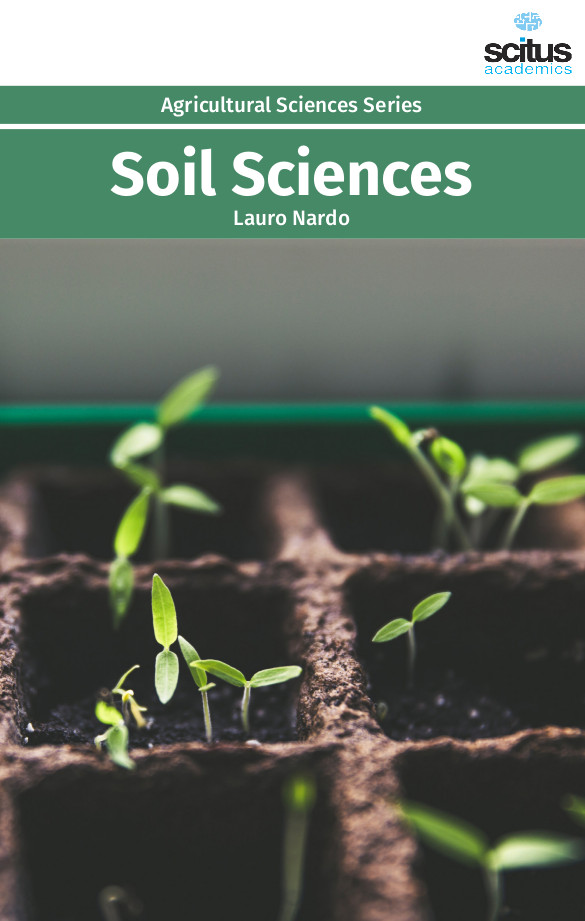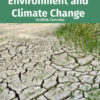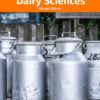We all know that soil is a key element of agriculture. Without it we wouldn´t be able to grow plants, which are used as food for both humans and animals. Soils are the most complex and ecologically significant biogeochemical systems on Earth. In many parts of the world, soils are “threatened by urbanization, deforestation, poor agricultural practices, pollution and overgrazing, leaving them bare, degraded and unproductive,” says the article. It is estimated that the world loses 24 billion tons of fertile soil each year. Agriculture is a prime cause of land degradation and soil depletion, and this poses serious problems for smallholder farmers across the world. Soil science will be fundamental in overcoming the growing threat of global food and fuel crop shortages as the world’s population continues to rise. Soils play multiple roles in the quality of life throughout the world, not only as the resource for food production, but also as the support for our structures, the environment, the medium for waste disposal, water, and the storage of nutrients. A healthy soil can sustain biological productivity, maintain environmental quality, and promote plant and animal health. Understanding the impact of land management practices on soil properties and processes can provide useful indicators of economic and environmental sustainability.
This book ‘Soil Sciences’ is intended to provide an up-to-date account of the current state of knowledge in recent practices and assessments in soil science. Moreover, it presents a comprehensive evaluation of the effect of residue/waste application on soil properties and the mechanism of plant adaptation and plant growth. It introduces several innovative approaches for soil remediation and risk assessment, including advances in phytoremediation and implementation of metabolomics in soil sciences. We hope that this book will continue to meet the expectations and needs of all interested in varied fields with proficiency in soil science, health, toxicology, and other disciplines who contribute and share their findings to take this area forward for future investigations.













